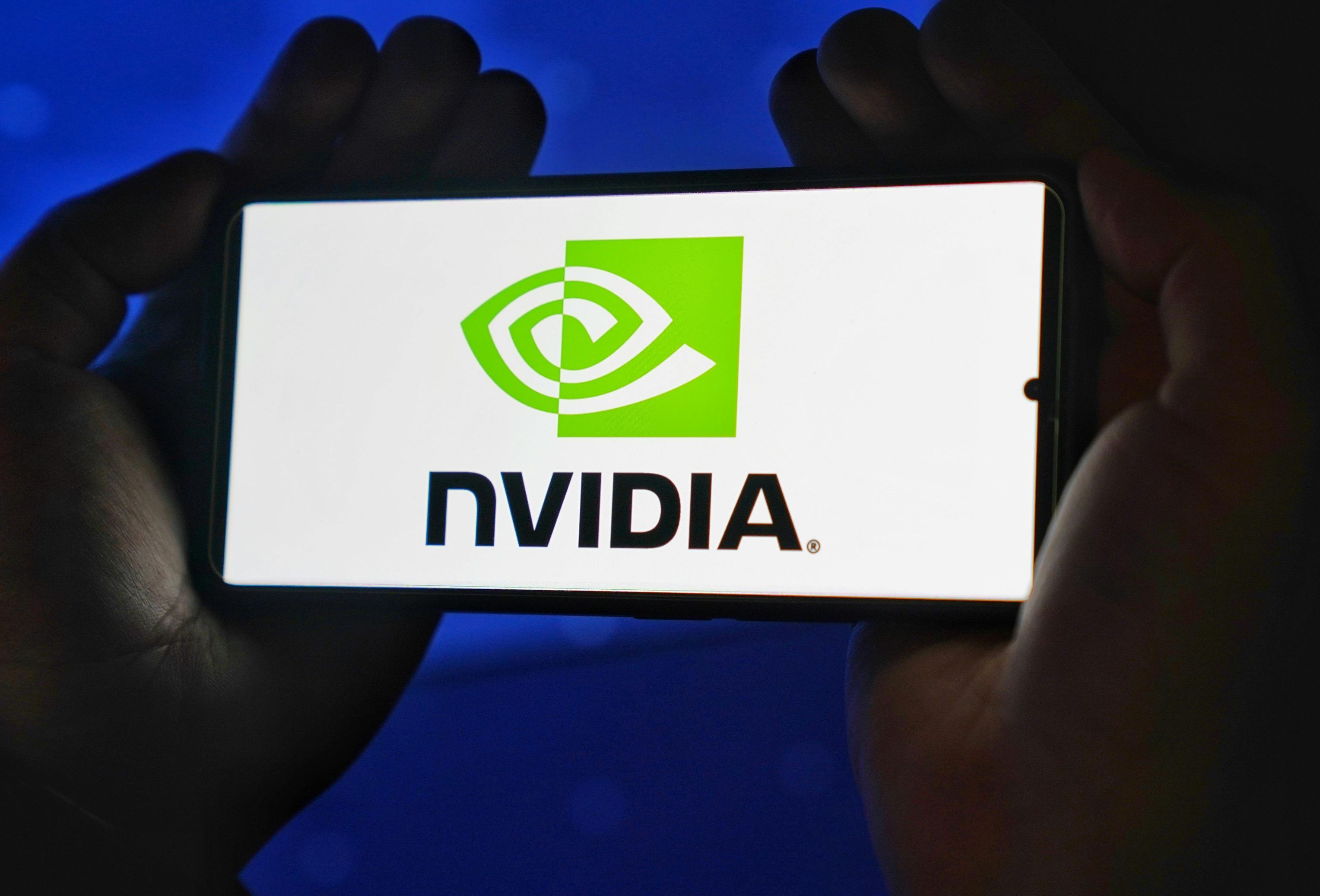Salesforce Stock Analysis: Technical Indicators Suggest a Potential Upside Move
$$248.22
Salesforce Stock Analysis: Technical Indicators Suggest a Potential Upside Move
16 Oct 2025, 13:05

Pexels.com

Could This AI Giant Be Poised for a Stock Price Surge?
Nvidia Under-Owned Despite AI Dominance
Nvidia (NASDAQ: NVDA), widely considered the cornerstone of the artificial intelligence (AI) revolution, has surprisingly become the most under-owned mega-cap technology stock, according to Morgan Stanley’s latest analysis of second-quarter institutional filings.
Despite surging demand for high-performance computing and AI chips, many active investors are holding less Nvidia stock than its weighting in the S&P 500 index would suggest.
Key data:
A Broader Trend Among Mega-Cap Tech Stocks
Nvidia isn’t alone. Morgan Stanley reported that several other tech giants are also under-owned relative to their index weights, suggesting a wider institutional caution around tech — possibly driven by valuation fears or market volatility.
Other notable trends:
While many of these companies are delivering strong earnings, institutional investors may be adopting a wait-and-see approach amid uncertain market conditions and elevated valuations.
What’s Behind Nvidia’s Underweight Status?
The paradox is clear: Nvidia is central to the AI boom, yet many active investors remain cautious.
According to analysts, several factors are contributing to this positioning:
Despite this, analysts at Morgan Stanley emphasised that compute demand remains “exceptionally strong”, reinforcing Nvidia’s dominance in AI infrastructure and its role as a long-term growth leader.
Why This Could Signal a Buying Opportunity
Historically, stocks that are significantly under-owned relative to their index weighting have tended to experience stronger forward performance.
Morgan Stanley noted:
“Stocks appear to experience a technical pull higher when active ownership is much lower than the market.”
This means Nvidia’s current positioning could indicate a potential upside for its stock, especially if sentiment shifts or macroeconomic clarity returns.
Could Nvidia's Share Price Surge Again?
Nvidia’s share price has already seen exponential growth over recent years, particularly as the world embraced AI technologies. With:
…it’s entirely plausible that a wave of renewed institutional buying could drive Nvidia shares higher in the near-to-medium term.
Analysts are not only bullish on Nvidia’s long-term prospects but also see its technical under-ownership as a potential catalyst for upward momentum.
Conclusion: A Sleeper Surge in the Making?
Despite its dominance in the AI space, Nvidia is currently flying under the radar of many large active funds. This rare disconnect between fundamental strength and institutional ownership could offer savvy investors a timely entry point.
While volatility remains a concern, the underlying demand trends and Nvidia’s leadership in AI infrastructure suggest that the current underweight positioning may not last long. If institutional investors begin rotating back into mega-cap tech, Nvidia could be one of the biggest beneficiaries.
Now may be the time to look again at one of the most powerful players in global technology — before everyone else does.
Sources: (Investing.com, Reuters.com)